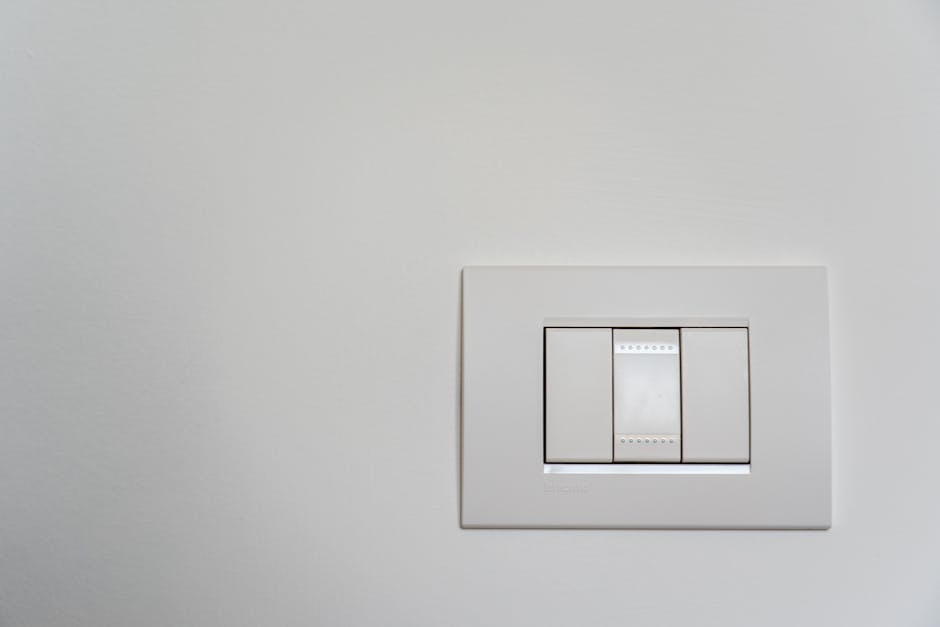The Power of White Space: Enhancing Interior Design Through Simplicity and Light
Introduction
In the realm of interior design, the concept of “less is more” reigns supreme, particularly when harnessing the power of white space. Often overlooked, white space, also known as negative space, isn’t just about blank areas. It’s a deliberate design element that enhances aesthetics, improves functionality, and creates a sense of calm and sophistication within a space. This article delves into the profound impact of white space, exploring its benefits and providing practical tips for incorporating it effectively into your interior design projects.
The Power of White Space in Interior Design
What Exactly is White Space?
White space refers to the empty areas surrounding design elements, whether it’s furniture, artwork, or architectural features. It’s not necessarily always white; it can be any color or texture. The key is its role in creating visual breathing room and preventing a cluttered or overwhelming feeling. Think of it as the silence between notes in music, allowing each element to resonate and be appreciated.
Benefits of Incorporating White Space
- Enhanced Visual Appeal: White space draws attention to key elements, making them stand out and creating a more visually appealing composition. It helps guide the eye and ensures that the design is easy to navigate.
- Improved Readability and Clarity: In design featuring text or visual narratives, white space improves readability and clarity. It allows the eye to rest and absorb information more effectively. This is particularly important in spaces like home offices or libraries.
- Sense of Calm and Openness: Minimizing clutter and maximizing white space creates a sense of calm, tranquility, and openness. This is especially beneficial in bedrooms, living rooms, and other spaces intended for relaxation.
- Emphasis on Functionality: Strategic use of white space enhances the functionality of a space. It creates clear pathways and defined areas, making it easier to move around and use the room effectively.
- Creates a Modern and Sophisticated Look: White space is a hallmark of modern and minimalist design styles. It projects an image of sophistication, elegance, and intentionality.
Types of White Space
White space isn’t a one-size-fits-all concept. It can be categorized into different types, each serving a unique purpose:
- Micro White Space: Refers to the small spaces between letters and lines of text.
- Macro White Space: Encompasses the larger areas surrounding major design elements, such as walls, floors, and large pieces of furniture.
- Active White Space: Used deliberately to draw attention to a specific element or create a sense of visual hierarchy.
- Passive White Space: Fills the gaps between elements without a specific purpose, contributing to the overall balance and harmony of the design.
Integrating Light to Amplify White Space
Natural and artificial light play a crucial role in maximizing the impact of white space. Light amplifies the sense of openness and airiness, enhancing the overall effect. Consider these factors:
- Maximize Natural Light: Large windows, skylights, and light-colored window treatments can bring in abundant natural light.
- Strategic Lighting Placement: Use layered lighting, including ambient, task, and accent lighting, to create depth and highlight key features within the white space.
- Light Color Palette: Opt for light and neutral color palettes for walls, floors, and furniture to reflect light and further enhance the feeling of spaciousness.
Practical Tips for Using White Space Effectively
- Declutter ruthlessly: Eliminate unnecessary items and keep surfaces clean and organized.
- Choose furniture wisely: Opt for fewer, high-quality pieces with clean lines and simple designs.
- Use light colors: Light colors reflect light and create a sense of spaciousness.
- Create visual hierarchy: Use white space to draw attention to key elements and create a focal point.
- Experiment with different layouts: Try different arrangements to find the optimal balance between filled and empty space.
Conclusion
White space is a powerful design tool that can transform an interior space from cluttered and overwhelming to serene and sophisticated. By understanding its principles and incorporating it thoughtfully, you can create interiors that are not only visually appealing but also functional and conducive to well-being. Embrace the power of simplicity and light, and let white space elevate your interior design to new heights.














Post Comment